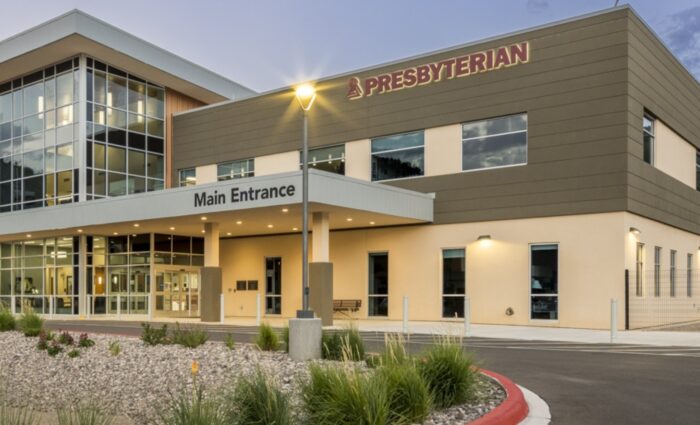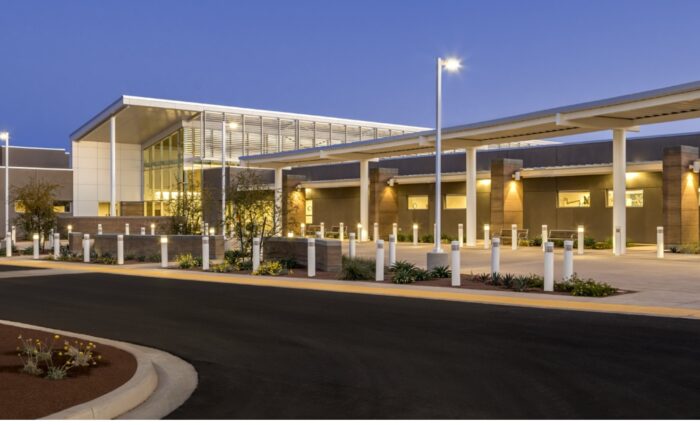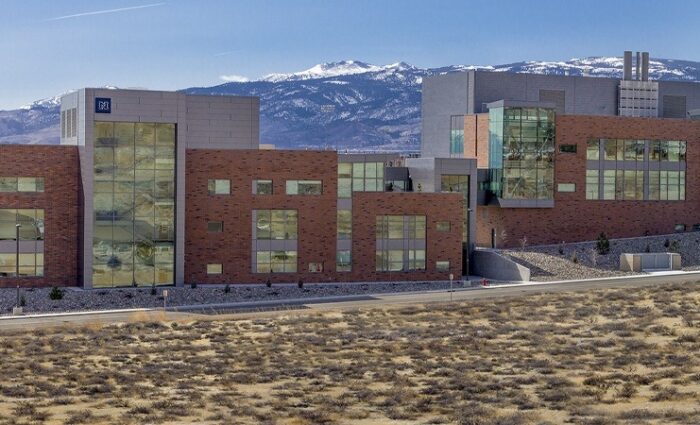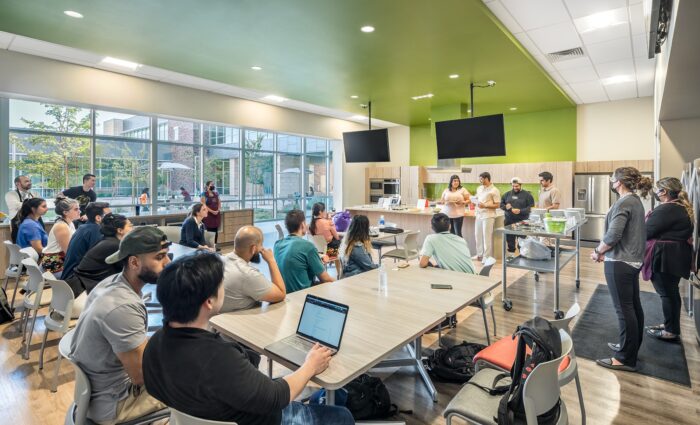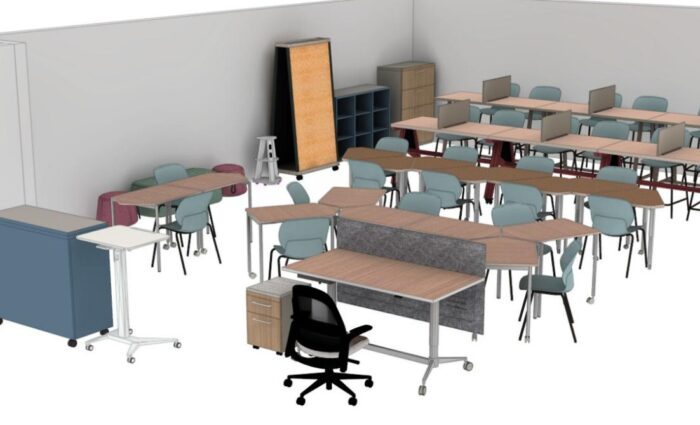Teaching Care for the Whole Person
Colleges of Osteopathic Medicine Expand Rural Healthcare
A shortage of medical professionals isn’t a new problem. Across the country there aren’t enough doctors and general practitioners, period. In rural areas, the need for qualified medical staff is even more acute.
Lower density areas have additional barriers to quality healthcare, leading to population health challenges. Combined with practitioner scarcity, these barriers leave Medically Underserved Area/Populations (MUA/Ps) with long drives to the doctor and dated facilities. A growing number of Colleges of Osteopathic Medicine (COMs), rural healthcare-focused medical programs, and healthcare organizations are working to bring more practitioners to these regions. We’re proud to use our design expertise around osteopathic medical education and whole-person care to support this pursuit of equitable distribution of services and opportunity.
In 2021, urban areas saw around 30 MDs for every 10K people.
Rural areas only saw about 10.1
Meeting rural practice needs through education
Staff recruitment, retention, and creating physical spaces that work with (not against) rural practice; these major challenges can be met through design. COMs and other medical programs focused on rural practice differ from the typical medical school in design, layout, educational pedagogy, and curriculum. Simulation, interprofessional education (IPE), and collaboration spaces foster the comprehensive skills required of rural practitioners. As graduates transition to practice, their workplaces must also be tuned to rural needs. State-of-the-art facilities shouldn’t be reserved for urban areas, given the cross-discipline nature of healthcare outside urban centers. Rural communities have a unique medical landscape which must be reflected in staff expertise and design programming. Natural daylight, views, relationship with natural surroundings, and care for cultural ideologies put patients at ease and create a desirable work environment.
Physicians trained in osteopathic medicine are more likely to practice in rural areas: 18.1% vs 11.5% trained in allopathic medicine.2
Building toward lifelong rural practice
The path from osteopathic medical education to rural practice has a long history. Readying students for the niche constraints of rural medicine is key to serving communities with creativity, empathy, and resilience. Medical students need learning spaces flexible enough to support IPE and foster comprehensive, cross-competency learning. Design of simulation environments must reflect the real conditions graduates will find in the real world. One example? Exam rooms are often larger in rural areas, to accommodate multiple family members (or whole families).
Non-medical and soft skills are critical in the rural practice track. Leadership and interpersonal competencies help medical staff serving tight-knit communities, where they may have personal relationships with colleagues, patients, or their families. Business knowledge and collaboration skills are also an asset. Where administrative duties might otherwise be managed by dedicated staff, rural professionals wear many hats in their day to day.

Healthcare + education's responsibility to communities
Institutions play an integral role in improving access, equity, and social justice in healthcare. Many medical students who choose a career in rural practice have personal ties to a remote area or a rural upbringing, themselves. At COMs in particular, students are more likely to be first-generation graduates, creating opportunity for positive impact on two fronts. By supporting aspiring rural practitioners, programs can to impact both students and the remote, Tribal, and rural communities they go onto serve.
Given rural healthcare’s distinctive elements, it’s crucial to equip learning environments for whole-person care. We have extensive experience designing and planning for medical education—including 4 Colleges of Osteopathic Medicine and rural medical facilities around the US. Our Higher Education and Healthcare studios understand the rural environments where graduates will work: informing how we design for learning environments to bolster students through graduation and into their careers.
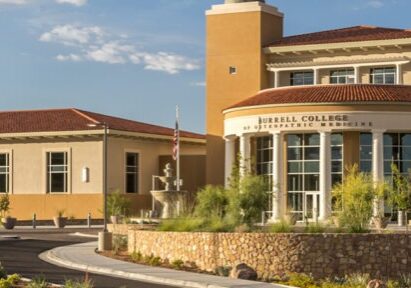
Burrell College of Osteopathic Medicine
The Burrell College osteopathic medical school design features small and large classrooms, group study pods, outdoor courtyards, laboratories, a medical library, and a simulation center
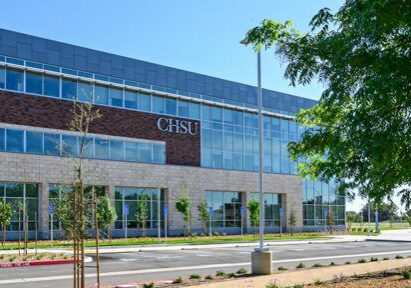
CHSU College of Osteopathic Medicine
The CHSU College of Osteopathic Medicine architecture was designed to support students in training to provide rural health care.

Idaho College of Osteopathic Medicine
Idaho College of Osteopathic Medicine (ICOM) is situated adjacent to Idaho State University’s Health Sciences Center in Meridian, Idaho. The…
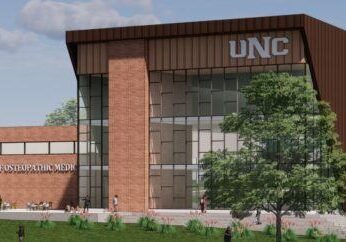
UNC College of Osteopathic Medicine Program Plan
A different approach to design is needed for a new College of Osteopathic Medicine (COM). Programming and planning for these…
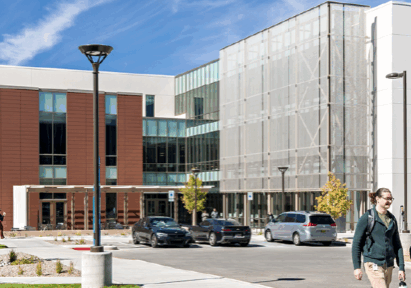
UNM College of Nursing and Public Health Excellence
The University of New Mexico Health Sciences College of Nursing and Public Health Excellence building brings together two important healthcare colleges under one roof. In collaboration with RDG Planning and Design, we designed the new building for sustainability, to promote student and staff wellness, and to provide ease of access to other healthcare education buildings in North Campus.
1 “Rural Healthcare Workforce Overview – Rural Health Information Hub.” Rural Health Information Hub. https://www.ruralhealthinfo.org/topics/health-care-workforce#workforce.
2 Rural Practice, Keeping Physicians In (Position Paper). (n.d.) Rural Practice, Keeping Physicians In (Position Paper). American Academy for Family Physicians (AAFP). https://www.aafp.org/about/policies/all/rural-practice-keeping-physicians.html
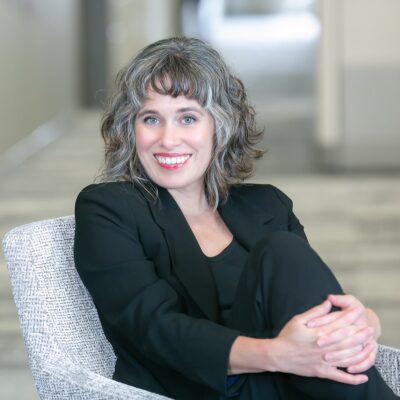
Related Content

Designing more hospitality in hospital.
Urban design solutions are not a cure-all when it comes to rural healthcare needs.

